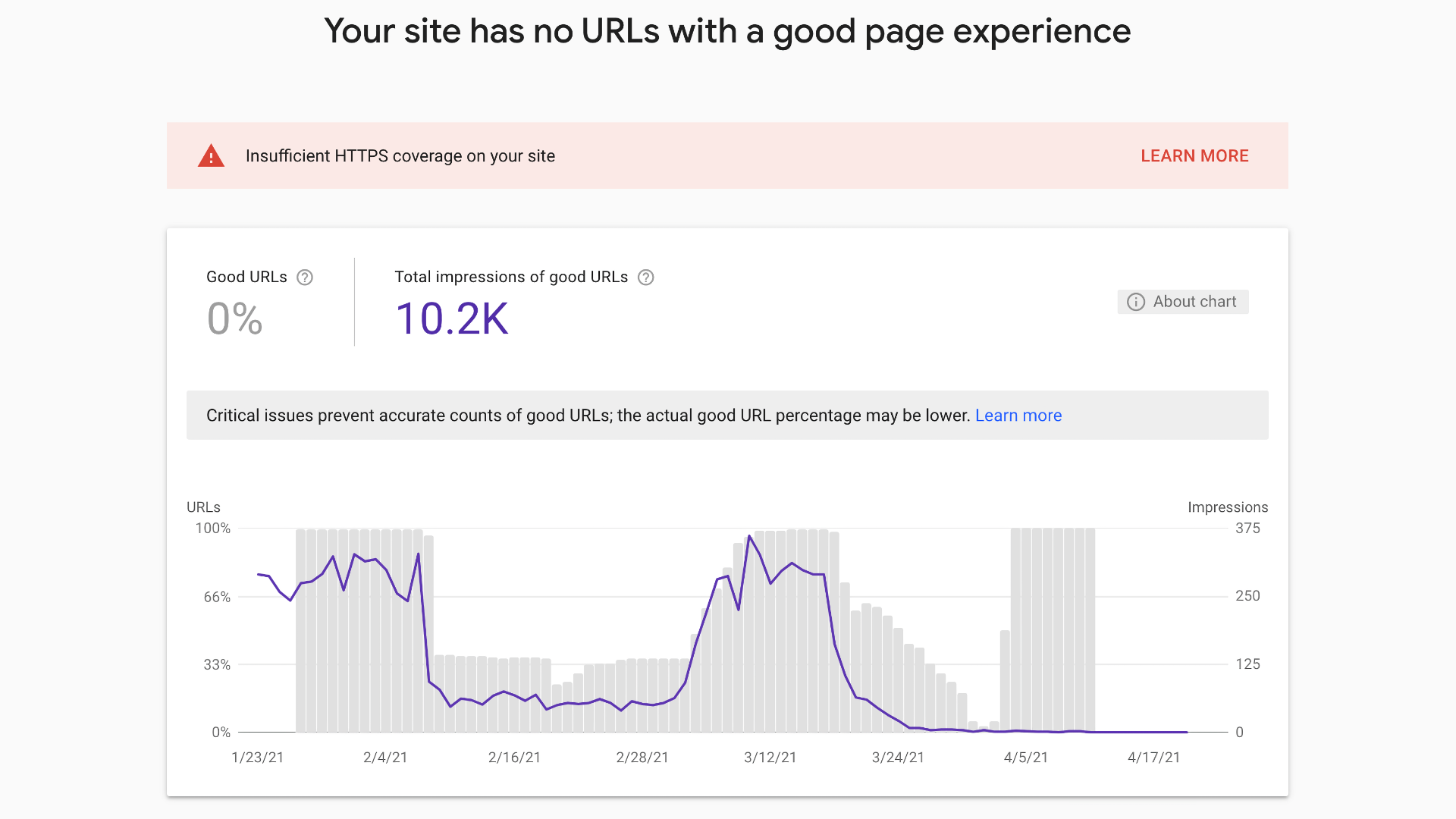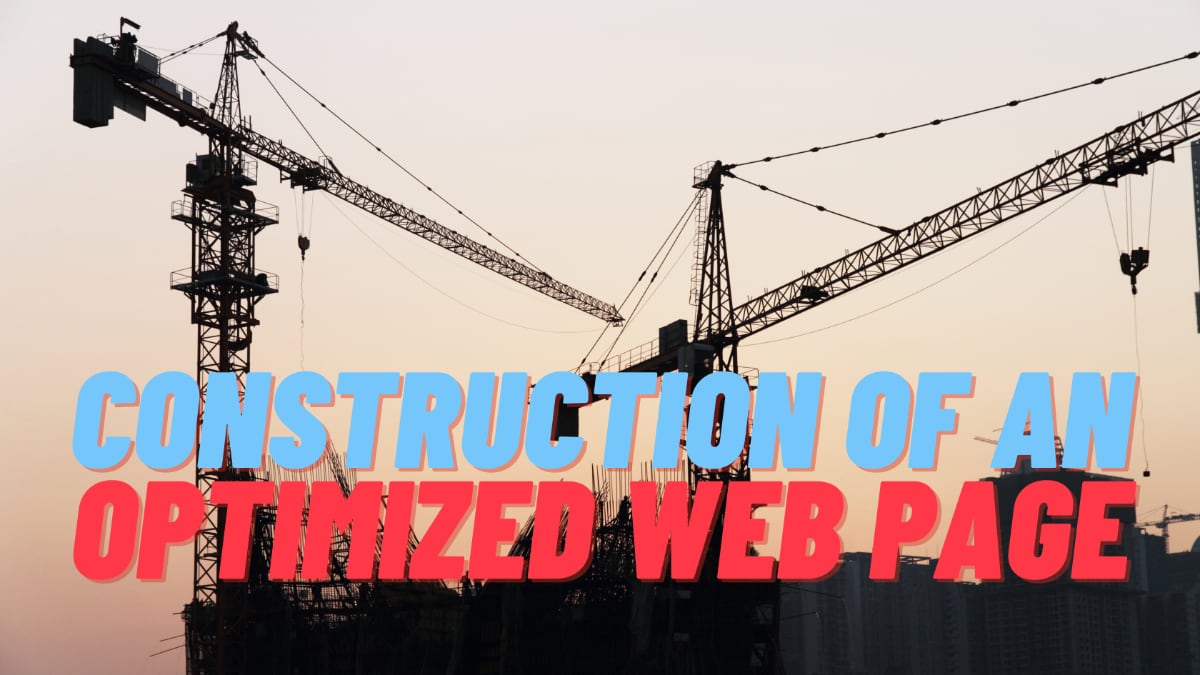
Insufficient HTTPS coverage on your site: What does that mean?
History In the early 2000s, I did a lot of side hustle work around Search Engine Optimization (SEO). I’d help clients with their search engine rankings. Back then, folks cared about all the search engines. Nowadays, there’s only one search engine people care enough to write about, Google. As Matthew Broberg so eloquently put on Twitter the other day, “Google is both the monopoly and trend setter. It’s a good target either way you look at it....

